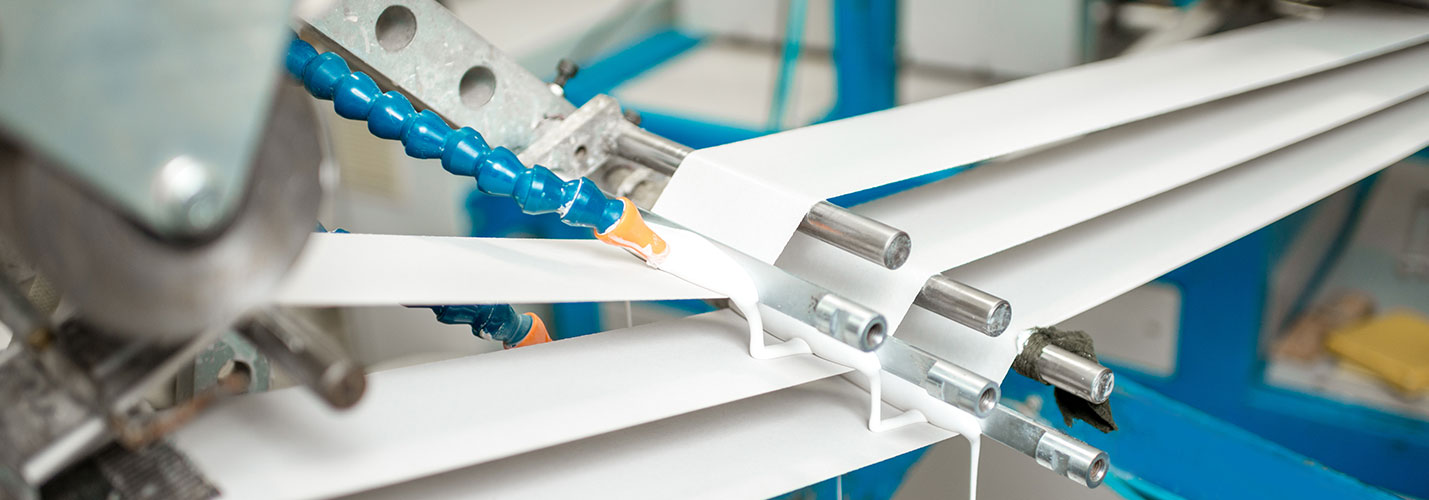Australian Paper
Home » Resources » Case Studies » Australian Paper

Business objective
Australian Paper needed to connect to ACBPS to send and receive their export declarations documents to replace their current process which was to be phased out.
Business benefits
B2BE already managed a number of Australian Paper’s EDI connections so adding customs clearance documents and connectivity was a logical decision and consolidated all EDI connectivity through a single channel simplifying the process.
B2BE solutions
Australian Paper communicate electronically with ACPBS
Australian Paper has 1,295 employees and is Australia’s leading manufacturer of printing and writing products. It is Australia’s only manufacturer of recycled content bag papers. They are also a major supplier of Kraft liner board used in the production of corrugating boxes and they produce around two billion envelopes annually making them the largest envelope manufacturer in Australia.
The challenge
Australian Paper products are exported to over 75 countries in Asia, USA, Europe, Middle East, the Indian subcontinent, Latin America and Africa. They export a mix of brown and white paper, especially reels and rolls which are finished overseas. Like any export, these need to clear Australian Customs and Border Protection Services (ACBPS) and so Australian Paper have to electronically submit those documents to ACBPS.
Like many large Australian exporters, they were direct connecting to ACBPS to send and receive their export declarations but as Australian Paper e-Business & IT Manager Thy Rith explains, “Connecting directly to ACBPS was about to become more difficult for us. We are on SAP and we were relying on SEDI to connect us to ACBPS. SEDI [which stands for Secure EDI] is an application from ACBPS that we download and have in our environment but ACBPS decided to stop supporting SEDI.”

“The implications for us continuing to use SEDI, when it was not supported, wouldn’t be immediate but they would be serious. If we ran into trouble then we would have nowhere to go, for example if a change to our process or system meant a fix was needed, it might take us say a week to fiddle around with the application in order to get it working and that wouldn’t be acceptable. Also we might have to look at upgrading our servers and for an unsupported application that would make no sense at all”.
“So rather than wait for the issue to become serious and rather than try to fix it ourselves, I looked round for someone else to give the problem to”.
“We also connect to retailers like Kmart and OfficeMax and, as B2BE was doing a good job handling these EDI connections for us, I asked them to look at the SEDI problem”. Said Thy.


The solution
B2BE has the ability to communicate electronically with ACPBS (including through EDI Messaging) and B2BE is registered as an agent with ACBPS.
So the B2BE solution was for Australian Paper to take the document from their SAP system and send it to B2BE via an AS2 connection (AS2 is Australian Paper’s preferred communication protocol).
B2BE takes the encrypted message and B2BE lodges the Export Declaration with ACBPS in order to obtain the Export Clearance (EDN) on behalf of Australian Paper.
During the process, B2BE sends ACBPS the encrypted ZEXPINV – CUSDEC (Export Declaration) message and B2BE also receives, on behalf of Australian Paper, up to 4 Inbound messages from ACBPS. These inbound messages are:
- ZCUSCON – CONTRL (Customs Syntax and Service Report)
- ZCUSRES – CUSRES (Export Declaration Response)
- ZCUSREM – CUSRES (Confirming EDN Reminder)
- ZCUSDIL – CUSRES (Idle EDN/CRN Advice)
ACBPS send these messages in an encrypted email to a B2BE email inbound address. B2BE’s system decrypts the email and sends an EDIFACT message to B2BE’s EDI messaging system (TDN), which processes and verifies the file and then finally sends an EDIFACT message to Australian Paper via AS2. Australian Paper downloads the EDIFACT message from AS2 and uploads the message into their SAP ERP.
Of the implementation period, Thy said “Because we were proactive and were doing this while SEDI was still running and working well, there was no pressure on us to rush the project and so we could do it in a methodical and thorough manner.”
“There are always a few wrinkles to look out for in an implementation like this. For example, during testing, as our AS2 connection goes via a proxy, our connection can time out and then it was deemed as a failure, triggering a second message to B2BE / ACPBS which would get rejected. So sorting out this kind of issue (which we have done now) underlines the importance of having sufficient time to set up an e-commerce project.” Said Thy.
The result
Thy says “removing the SEDI application from the equation is a much more robust pathway or infrastructure.”
“Using B2BE for this, has removed the potential pain that this unsupported application would have caused us in the future.”
Thy has this advice for other exporters “If anyone else is using SEDI, and thay are concerned about it being unsupported, then our experience has shown that replacing SEDI by using B2BE, has worked really well.”
